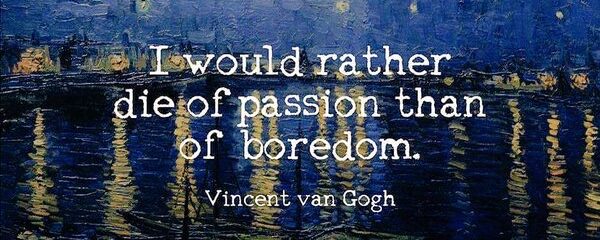There isn’t a just person without a sin.
A smart man always takes, a fool always gives
Give the devil a little finger and he will take the hand.
Each sin has its consequences.
Latvia is a country in the Baltic region of Northern Europe. Since Latvia’s independence in 1918, it has been referred to as one of the Baltic states. It is bordered by Estonia to the north, Lithuania to the south, Russia to the east, Belarus to the southeast, and shares a maritime border with Sweden to the west. Latvia has 1,957,200 inhabitants and a territory of 64,589 km2 (24,938 sq mi). Its capital and largest city is Riga. The Baltic Sea moderates the climate, although the country has four distinct seasons and snowy winters. After centuries of German, Swedish, Polish-Lithuanian and Russian rule, a rule mainly executed by the Baltic German aristocracy, the Republic of Latvia was established on 18 November 1918 when it broke away from the German empire and declared independence in the aftermath of World War I. However, by the 1930s the country became increasingly autocratic after the coup in 1934 establishing an authoritarian regime under Kārlis Ulmanis. The country’s de facto independence was interrupted at the outset of World War II, beginning with Latvia’s forcible incorporation into the Soviet Union, followed by the invasion and occupation by Nazi Germany in 1941, and the re-occupation by the Soviets in 1944 (Courland Pocket in 1945) to form the Latvian SSR for the next 45 years. The peaceful Singing Revolution, starting in 1987, called for Baltic emancipation from Soviet rule and condemning the Communist regime’s illegal takeover. It ended with the Declaration on the Restoration of Independence of the Republic of Latvia on 4 May 1990 and restoring de facto independence on 21 August 1991. Despite foreign rule from the 13th to 20th centuries, the Latvian nation maintained its identity throughout the generations via the language and musical traditions. However, as a consequence of centuries of Russian rule (1710–1918) and later Soviet occupation, 26.9% of the population of Latvia are ethnic Russians, some of whom (10.7% of Latvian residents) have not gained citizenship, leaving them with no citizenship at all. Until World War II, Latvia also had significant minorities of ethnic Germans and Jews. Latvia is historically predominantly Lutheran Protestant, except for the Latgale region in the southeast, which has historically been predominantly Roman Catholic. The Russian population is largely Eastern Orthodox Christians.
Riga
Riga is the capital of Latvia and is home to 627,487 inhabitants (2020), which is a third of Latvia’s population. The city lies on the Gulf of Riga at the mouth of the Daugava river where it meets the Baltic Sea. Riga’s territory covers 307.17 km2 (118.60 sq mi) and lies 1–10 m (3 ft 3 in–32 ft 10 in) above sea level, on a flat and sandy plain. Riga was founded in 1201 and is a former Hanseatic League member.
Jurmala
Jūrmala is a city in Latvia, about 25 kilometres (16 miles) west of Riga. Jūrmala is a resort town stretching 32 km (20 miles) and sandwiched between the Gulf of Riga and the Lielupe River. It has a 33 km (21 miles) stretch of white-sand beach, and a population of 49,325 in 2019, making it the fifth-largest city in Latvia.
































